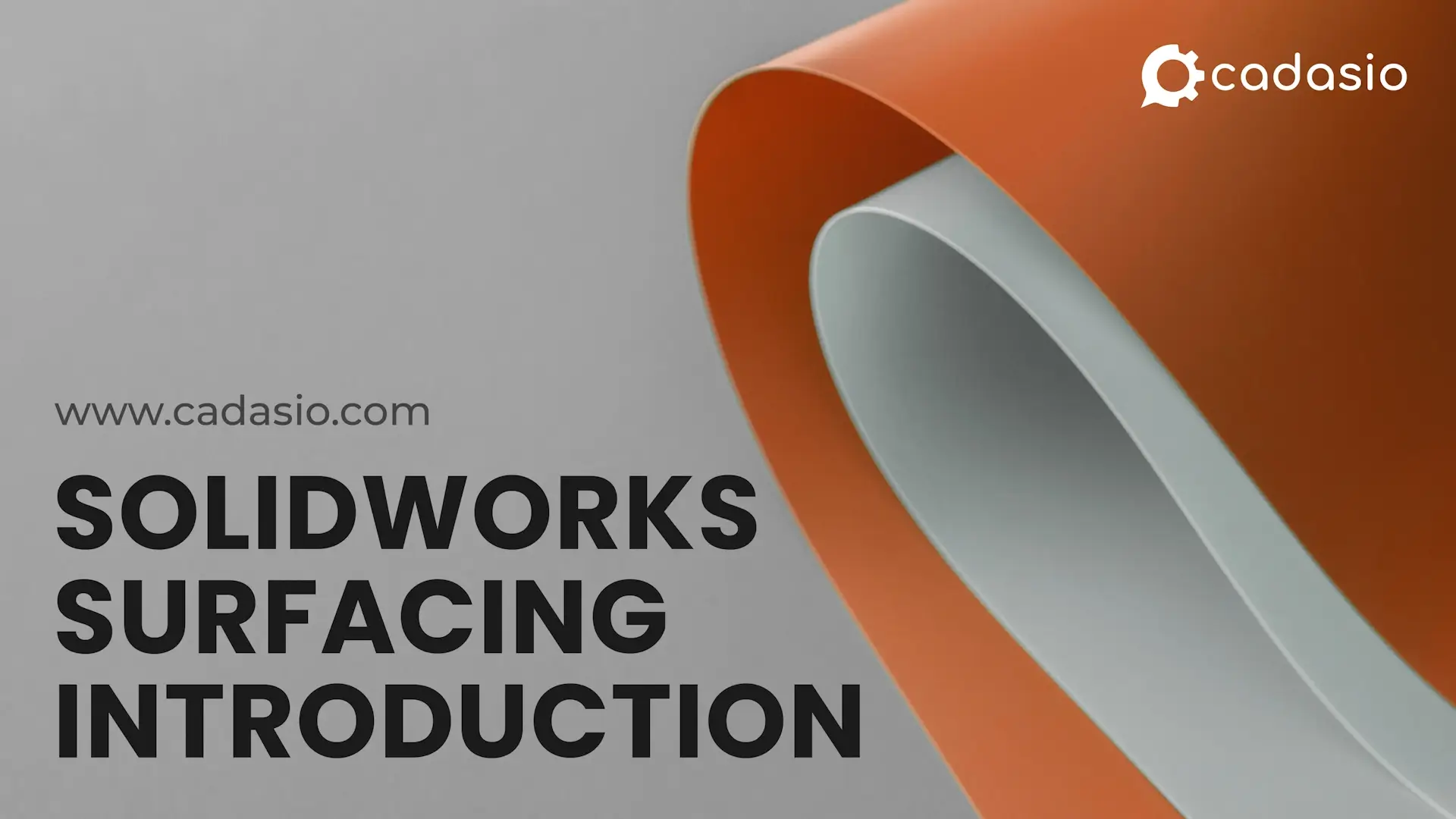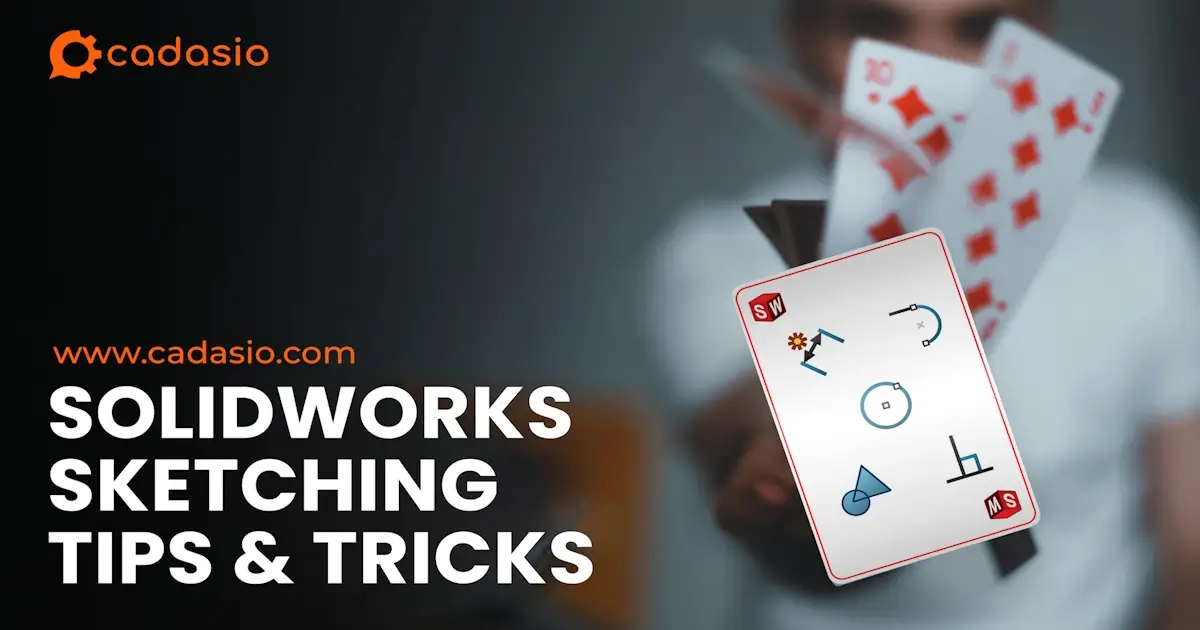In this article we’ll take a look at what surfaces are, why they exist, where you might use them and introduce you to a few of the most commonly used surface features.
What are surfaces?
Surfaces are a type of geometry with zero thickness meaning the surface is infinitely thin. Usually in SolidWorks we work with solid bodies. In a solid body, every edge is a boundary between two faces, which creates a watertight, enclosed volume that can contain mass. Conversely, a surface body will have edges that are bound by only one face, leaving an open model with an open volume.
The solid bodies that you will be familiar with within SolidWorks are in fact surface bodies that have had their thin shells knitted together and filled with volume.
You can see this for yourself, if you take a solid body and delete one of its faces using the delete face command, the solid body will now be a surface body and the surface bodies folder will be shown in the feature manager.
Another indicator to keep an eye on is edge colour. The edges of a solid will be black, as will the knitted edges of a surface. While the open edges of a surface will be blue.
Why do we need surfaces?
It isn’t recommended to use surfaces to create simple shapes as often it requires more features than modelling in solid and therefore take longer to create.
Surfacing is usually reserved for more complex, organic shapes that can’t easily be achieved or are impossible to achieve using solid modelling techniques. This could be by extruding a solid feature up to a surface, by using a surface to cut away from a solid, or by building from the ground up, surface by surface.
Surfaces are most commonly used for complex geometries such as those found in the automotive, aeronautical, medical and consumer design sectors.
Whilst there are situations where the final model remaining as surfaces may be appropriate, generally when modelling in SolidWorks the end goal is to create a solid body, so that you know its a valid shape with correct mass properties.
Surfacing Features
SolidWorks Surfacing uses a variety of techniques to create surfaces, some of which you will be familiar with from using the solid counterparts, including:
● Extrusions
● Revolves
● Sweeps
● Lofts
● Fills
SolidWorks Surfacing also includes a variety of tools for editing surfaces too, including:
● Trimming
● Splitting
● Extending
● Knitting
SolidWorks Surfacing is a powerful tool that can be used to create a wide variety of complex 3D models. It is a valuable tool for engineers and designers who need to create products with intricate shapes and curves.





